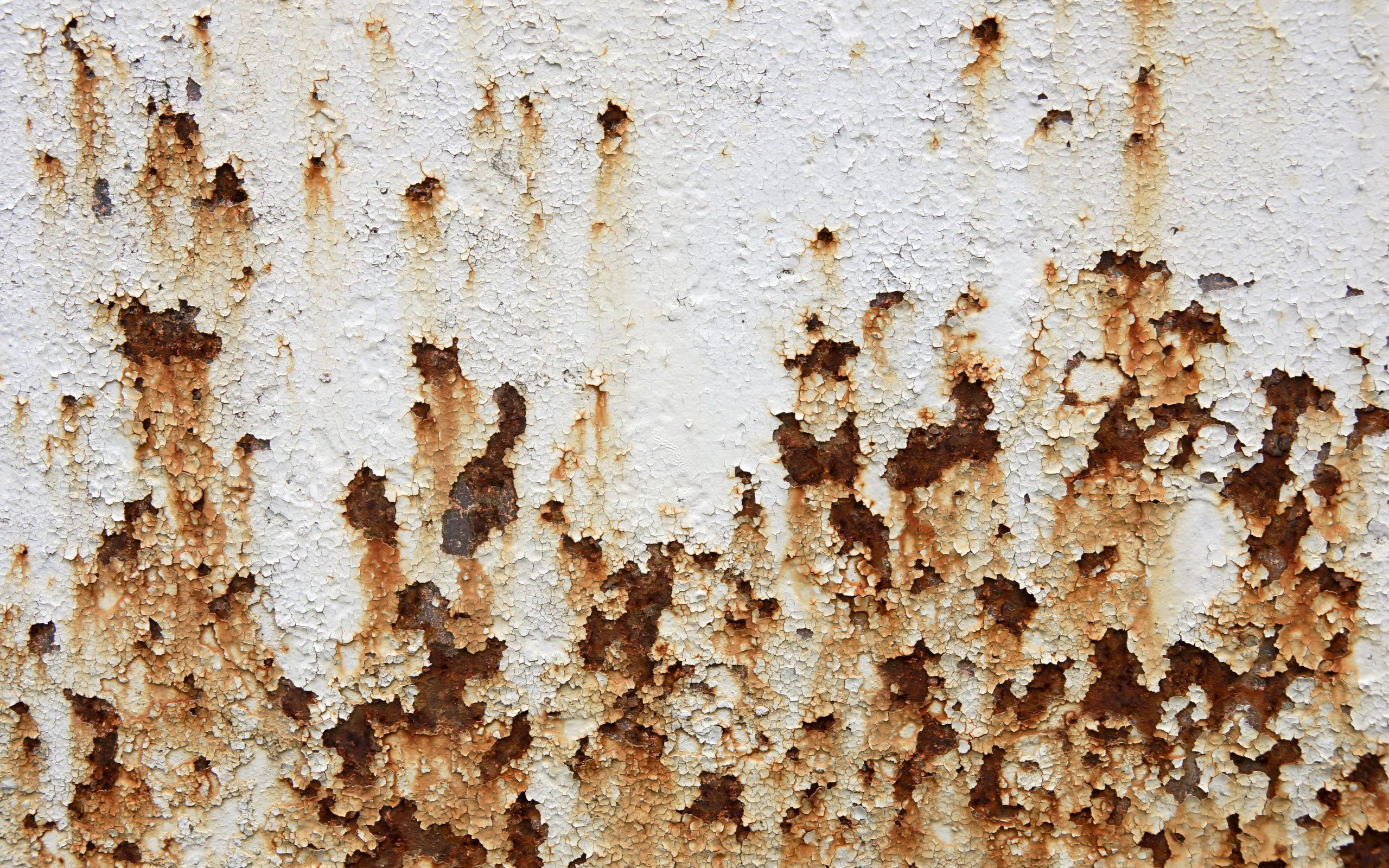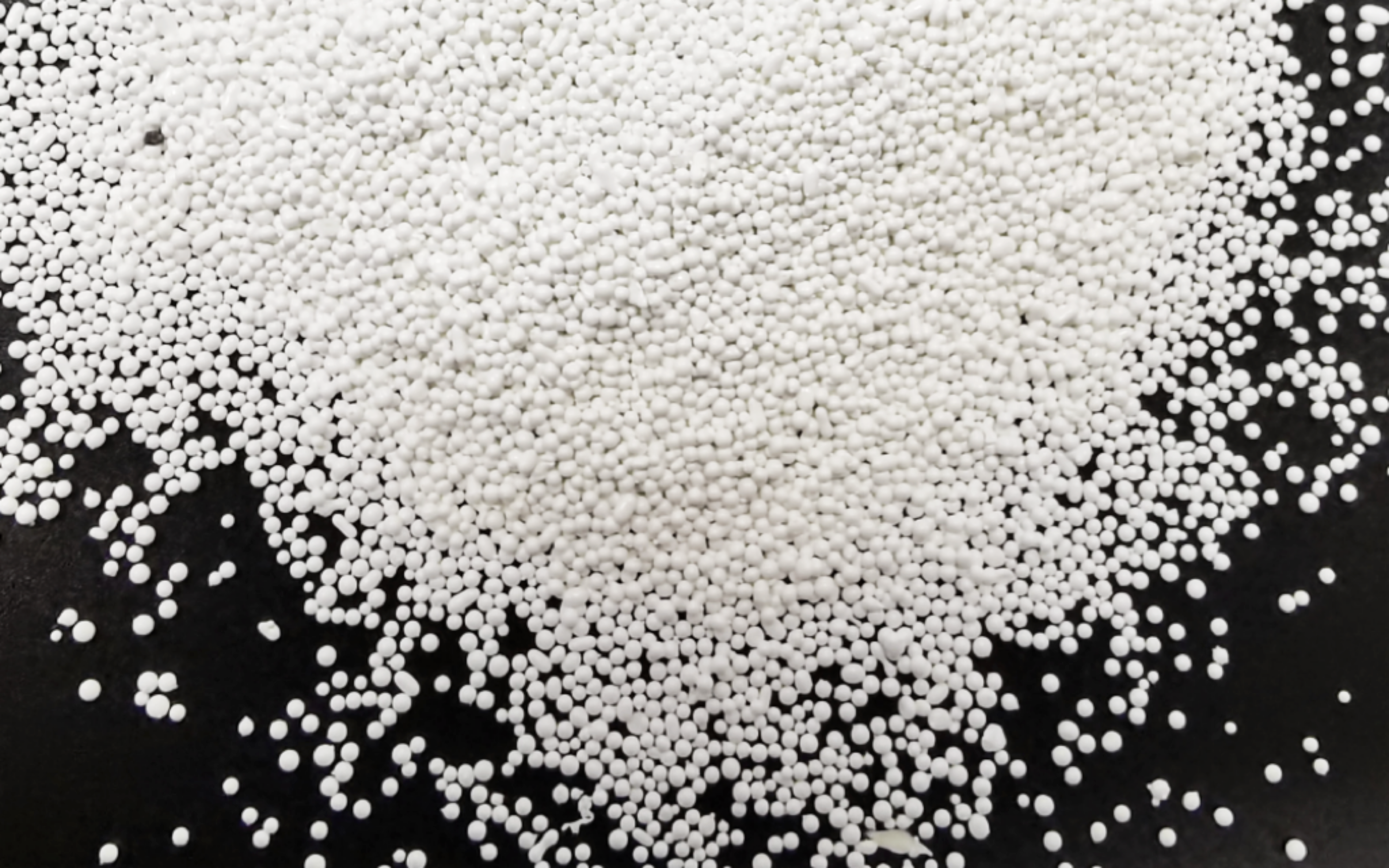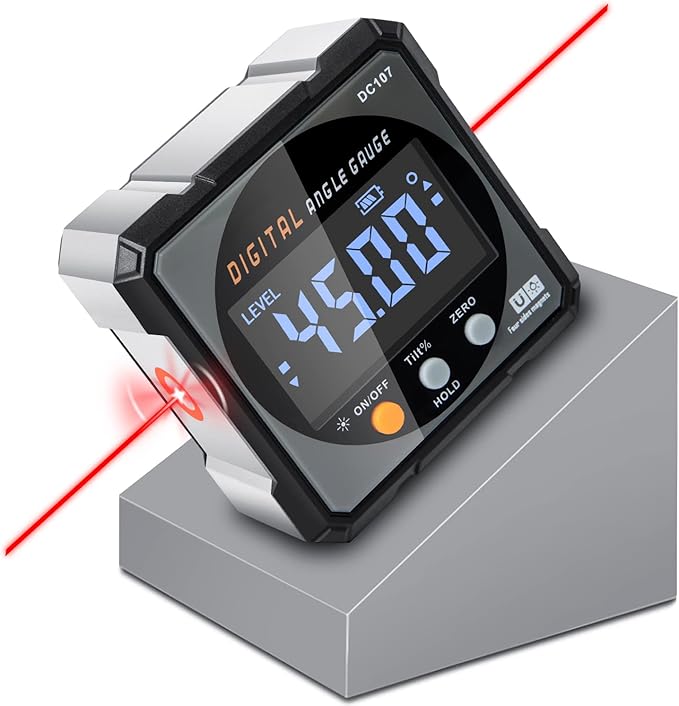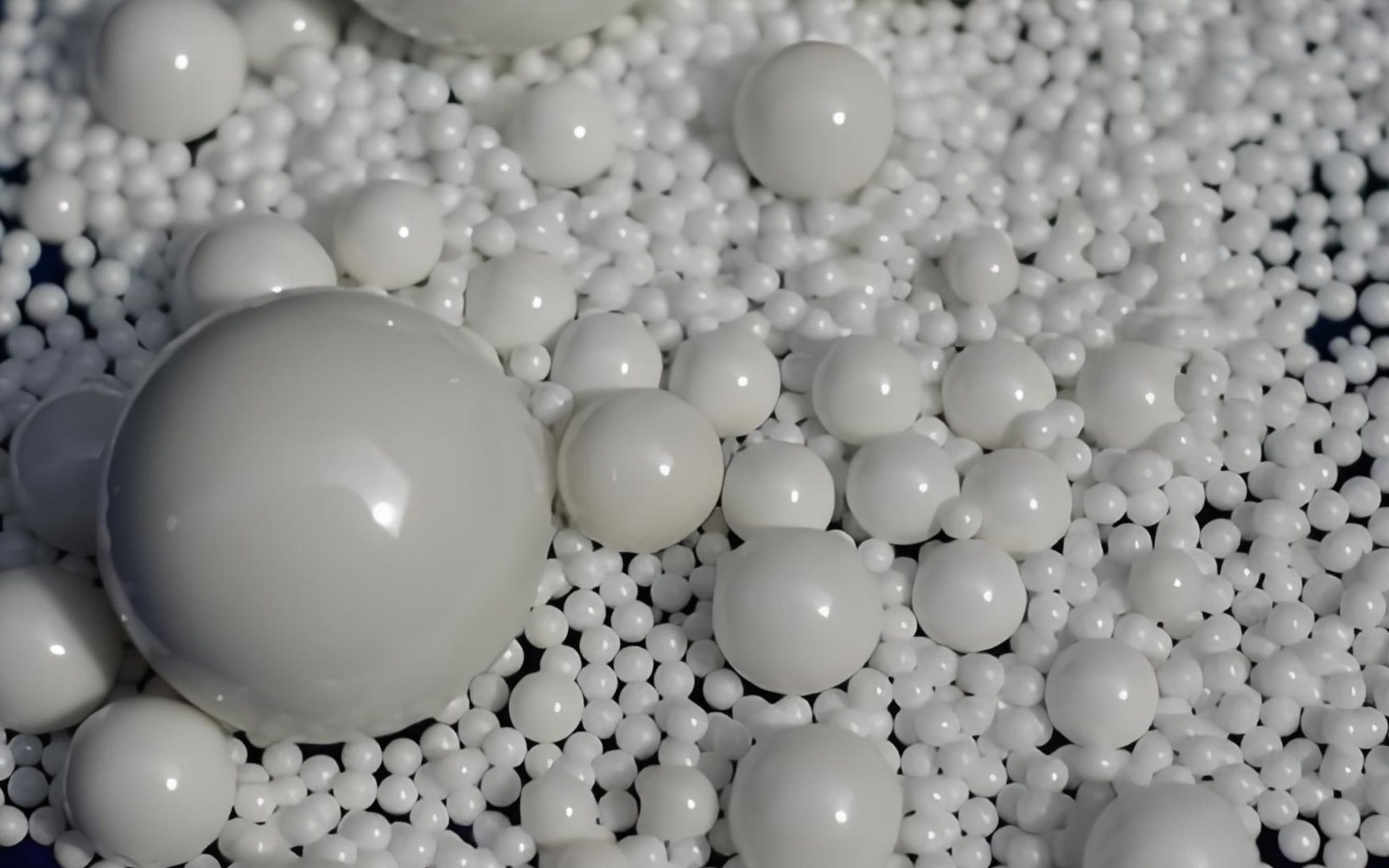12 octobre 2024

Le décapage à l'alumine est une technologie de traitement de surface industrielle importante qui est largement utilisée dans une variété d'industries, en particulier pour éliminer la rouille tenace et les couches de peinture vieillies. Les produits industriels modernes ayant des exigences de plus en plus élevées en matière de qualité de surface et de durabilité, le décapage à l'oxyde d'aluminium est devenu la méthode préférée dans de nombreuses industries en raison de sa grande efficacité, de son applicabilité et de son respect de l'environnement. Cet article explore les caractéristiques du décapage à l'oxyde d'aluminium, son principe de fonctionnement et ses applications spécifiques dans différents domaines industriels, et analyse les raisons pour lesquelles cette technologie est si indispensable dans les processus d'élimination de la rouille et de la peinture.
Besoin d'un traitement de surface durable
Les équipements et structures industriels modernes sont exposés à des environnements complexes et changeants, et leur utilisation à long terme entraîne inévitablement la formation de rouille et le vieillissement de la peinture. Ce phénomène est particulièrement évident sur les matériaux métalliques exposés à l'extérieur, tels que les navires, les automobiles, les ponts et les bâtiments. La rouille et les couches de peinture n'affectent pas seulement l'apparence, mais surtout l'intégrité structurelle et les performances de l'équipement. Les méthodes de nettoyage traditionnelles, telles que le meulage manuel ou le traitement chimique par solvant, sont souvent inefficaces et risquent d'endommager la pièce elle-même. En revanche, le sablage à l'oxyde d'aluminium permet non seulement d'éliminer rapidement la rouille tenace, mais aussi de retirer efficacement les couches de peinture vieillies. Sa dureté et sa force de coupe permettent d'éliminer facilement les impuretés de la surface, mais elle est suffisamment douce pour ne pas causer de dommages secondaires au substrat, ce qui permet d'établir une base solide pour un revêtement ou un traitement de surface ultérieur. Ce matériel de sablage est particulièrement adapté aux applications nécessitant une finition de surface et une durabilité élevées, telles que les automobiles, les navires, les équipements aérospatiaux, etc.
Caractéristiques de base oxyde d'aluminium
Dureté et résistance à l'usure
L'oxyde d'aluminium (Al₂O₃) est l'un des matériaux de sablage couramment utilisés dans l'industrie. Il est apprécié pour sa grande dureté et sa forte résistance à l'usure. La dureté Mohs de l'oxyde d'aluminium est de 9, la deuxième après celle du diamant, et bien plus élevée que la dureté de la rouille et de la plupart des couches de peinture. Cette dureté extrêmement élevée permet à l'oxyde d'aluminium d'éliminer rapidement et efficacement la rouille tenace et les couches de peinture épaisses sans se casser ou s'user facilement. En même temps, la structure à haute densité de l'oxyde d'aluminium signifie également qu'il peut fournir une plus grande énergie cinétique dans le processus d'élimination des impuretés de la surface, améliorant ainsi l'efficacité globale du nettoyage.
Stabilité chimique
L'oxyde d'aluminium présente une excellente stabilité chimique et ne réagit pas chimiquement avec la plupart des matériaux métalliques pendant le sablage. Cette caractéristique garantit que la surface de la pièce ne sera pas corrodée ou contaminée par des produits chimiques pendant le processus de nettoyage. Pour les pièces qui nécessitent une grande pureté et l'adhérence ultérieure du revêtement, les caractéristiques d'absence de résidus chimiques du sablage à l'oxyde d'aluminium sont essentielles pour garantir le bon déroulement des processus ultérieurs.
Recyclage multiple
Les particules d'oxyde d'aluminium sont très durables et peuvent être recyclées plusieurs fois, ce qui réduit la consommation globale de matériaux et les coûts de production. Bien que le coût d'investissement initial de l'oxyde d'aluminium soit relativement élevé, sa longue durée de vie le rend extrêmement rentable dans les applications à long terme. Il convient donc parfaitement à la production industrielle à grande échelle.
Difficultés de formation et d'élimination de la rouille et de la couche de peinture
Formation de rouille
La rouille se forme par réaction chimique du métal avec l'oxygène et l'humidité de l'air pour former de l'oxyde de fer (c'est-à-dire de la rouille). Ce processus n'affecte pas seulement l'apparence de la pièce, mais affaiblit également la résistance structurelle du métal, provoquant une fragilisation ou une fracture du matériau. Si elle n'est pas traitée à temps, la rouille s'étend progressivement et pénètre dans le substrat, ce qui finit par détruire les performances globales de la pièce. Il est donc essentiel d'éliminer rapidement et complètement la rouille pour préserver la durée de vie et la fiabilité de la pièce.
Vieillissement de la couche de peinture
Le vieillissement de la couche de peinture se manifeste généralement par une décoloration, des craquelures, un écaillage ou une perte de brillance. En raison d'une exposition prolongée à la lumière du soleil, à l'humidité, au vent, au sable et aux produits chimiques, les propriétés protectrices de la couche de peinture s'affaiblissent progressivement et perdent leur effet protecteur sur le substrat. Les couches de peinture vieillies sont souvent étroitement liées à la surface de la pièce, et il est difficile de les éliminer complètement par ponçage manuel, tandis que les solvants chimiques risquent d'endommager le substrat. Seul le grenaillage d'alumine peut briser et décoller avec précision la couche de peinture, en évitant les risques potentiels du traitement chimique.
Raisons des difficultés d'éloignement
La rouille et les couches de peinture sont souvent incrustées dans les micropores de la surface de la pièce au cours du processus de formation et y sont étroitement attachées, ce qui rend difficile leur élimination complète par les méthodes traditionnelles. La force de coupe et la structure granulaire du sablage à l'oxyde d'aluminium permettent de pénétrer profondément dans les micropores de la surface, d'éliminer complètement les impuretés tenaces et de garantir que la surface est aussi brillante qu'à l'état neuf.

Peinture craquelée et écaillée sur une vieille voiture
Principaux avantages du décapage à l'alumine
Élimination efficace de la rouille et de la peinture
Le décapage à l'alumine est extrêmement efficace pour éliminer la rouille et les couches de peinture. En raison de la dureté et de la densité élevées de l'oxyde d'aluminium, ses particules peuvent rapidement frapper et couper la rouille et les couches de peinture sous haute pression, ce qui les fait tomber du substrat. Comparé au nettoyage chimique traditionnel et au ponçage manuel, le sablage à l'alumine est non seulement plus efficace, mais aussi plus respectueux de l'environnement.
Pas d'endommagement du substrat
Bien que la dureté des particules d'oxyde d'aluminium soit élevée, leur forme et leur taille sont spécialement conçues pour éliminer les impuretés de la surface tout en minimisant les dommages au substrat de la pièce. Pour certaines pièces qui nécessitent une finition de surface élevée (comme les coques d'automobiles ou les pièces d'avions), le sablage à l'oxyde d'aluminium peut fournir un effet de nettoyage uniforme pour garantir que la surface de la pièce est exempte de rayures ou de bosses.
Applicable à une variété de pièces et de matériaux
Le sablage à l'oxyde d'aluminium convient aux pièces de nombreux matériaux différents, notamment l'acier, les alliages d'aluminium, les alliages de titane et les matériaux composites. En ajustant la taille des particules de sablage et la pression d'injection, le sablage à l'oxyde d'aluminium peut traiter presque toutes les formes ou tailles complexes de pièces, des petites pièces aux grandes structures.
Afin de mieux démontrer l'application spécifique du sablage à l'oxyde d'aluminium dans l'industrie, nous allons analyser plus en détail quelques cas réels dans certaines industries d'application. Les pièces à usiner dans ces industries nécessitent souvent une technologie de traitement de surface plus puissante en raison d'environnements de travail et d'exigences de processus particuliers.
Industries concernées et analyse des pièces
Industrie pétrolière et gazière
Dans l'industrie du pétrole et du gaz, les équipements tels que les trépans, les vannes et les pipelines sont souvent exposés à des environnements liquides et gazeux corrosifs. Sur les plates-formes de forage offshore en particulier, les embruns salés et les environnements à haute pression accélèrent l'oxydation et la corrosion des surfaces métalliques. La rouille tenace s'accumule souvent à la surface de ces équipements, ce qui peut entraîner des pannes ou des risques pour la sécurité s'ils ne sont pas nettoyés à temps.
Le sablage à l'alumine joue un rôle important dans la maintenance de ces équipements. Grâce à sa capacité à éliminer efficacement la rouille, le sablage à l'alumine peut nettoyer rapidement la rouille à la surface des forets et des vannes, tout en fournissant une surface d'adhérence idéale pour l'étape suivante du revêtement anticorrosion. Sa dureté permet d'éliminer la rouille en profondeur sans provoquer d'usure excessive de l'équipement lui-même. L'environnement opérationnel de l'industrie pétrolière et gazière est extrêmement difficile, et la durabilité et le fonctionnement à long terme de l'équipement dépendent d'une technologie de traitement de surface fiable, et l'excellente stabilité chimique du sablage à l'alumine est sans aucun doute l'un des meilleurs choix.
Industrie métallurgique
Les tâches de traitement de surface de pièces telles que les fours à haute température et les pièces moulées en acier dans l'industrie métallurgique sont extrêmement difficiles. Dans un environnement à haute température, après de multiples traitements thermiques des pièces moulées en acier, la surface du métal est facilement oxydée, formant une épaisse couche d'oxyde difficile à éliminer par des moyens mécaniques ordinaires. Le sablage à l'alumine peut facilement éliminer ces impuretés et préparer l'étape suivante du traitement grâce à sa forte capacité de coupe et à sa résistance aux températures élevées.

Oxydation des métaux
Domaine aérospatial
Dans le domaine aérospatial, le traitement de surface des pièces de moteur, des ailes et d'autres composants clés exige une précision et une propreté extrêmement élevées. Les équipements aéronautiques sont exposés à des environnements difficiles et changeants pendant une longue période, et sont également facilement affectés par l'oxydation, la rouille et d'autres problèmes. Dans le traitement de composants clés tels que les aubes de turbine et les carters de moteur, l'opération précise de sablage à l'oxyde d'aluminium peut garantir que la pièce ne se détériorera pas en raison d'une usure excessive. Il permet non seulement d'éliminer efficacement la rouille et les couches d'oxyde, mais aussi de garantir la douceur et l'intégrité de la surface de la pièce, offrant ainsi des conditions de surface idéales pour les processus ultérieurs tels que la pulvérisation et le soudage, et ayant un effet de maintenance très élevé.
Fabrication et restauration d'automobiles
La carrosserie métallique de la voiture est souvent exposée à la pluie, à la neige, au sel de déneigement et à la pollution atmosphérique. Ces éléments se conjuguent pour accélérer les réactions d'oxydation et former de la rouille. L'écaillage et le vieillissement de la couche de peinture affectent non seulement l'apparence de la carrosserie, mais rendent également le substrat métallique plus sensible à la rouille. Le sablage à l'oxyde d'aluminium permet d'éliminer efficacement la rouille et les couches de peinture vieillies, tout en fournissant une surface propre et uniforme pour la peinture ou la galvanoplastie.
Équipements navals et maritimes
La coque se trouve dans un environnement d'eau de mer humide et à forte salinité pendant une longue période, et les problèmes de rouille et de vieillissement de la peinture sont particulièrement graves. Le sablage à l'alumine peut non seulement nettoyer en profondeur la rouille et la peinture à la surface de la coque, mais aussi fournir une base idéale pour un traitement anticorrosion ultérieur (comme la pulvérisation d'une peinture anticorrosion).
Protection de l'environnement et sécurité
Dans la production industrielle, la protection de l'environnement et la sécurité des opérations sont devenues les priorités d'un nombre croissant d'entreprises. Le sablage à l'alumine, méthode de traitement de surface efficace et respectueuse de l'environnement, permet de réduire l'impact négatif sur l'environnement du processus d'élimination de la rouille et de la peinture vieillissante.
Performance environnementale : sans pollution et recyclable
Comparé à des méthodes telles que le dérouillage chimique et le broyage mécanique, le sablage à l'alumine présente des avantages environnementaux évidents. De nombreux dérouilleurs chimiques contiennent des substances toxiques qui peuvent polluer le sol et les sources d'eau et même nuire gravement à la santé des travailleurs. Le meulage mécanique produit beaucoup de poussière et pollue l'environnement de travail.
En tant que matériau naturel, l'alumine possède des propriétés chimiques extrêmement stables et ne produit aucune substance nocive pendant le processus de sablage. De plus, dans un environnement de sablage approprié, les particules après le sablage à l'alumine peuvent être recyclées et réutilisées plusieurs fois. Grâce au recyclage, les entreprises peuvent non seulement économiser des coûts, mais aussi réduire les émissions de déchets, ce qui répond aux exigences de production écologique de l'industrie moderne. À long terme, la quantité de déchets issus du sablage à l'oxyde d'aluminium est bien inférieure à celle des autres méthodes de traitement de surface, ce qui contribue à réduire la pression sur l'environnement.
Performances en matière de sécurité : réduction des risques pour la santé
La sécurité des travailleurs est au cœur des préoccupations de toute entreprise manufacturière. Comparé à l'irritation que les agents de nettoyage chimiques peuvent causer à la peau et au système respiratoire, l'environnement de travail du sablage à l'oxyde d'aluminium est plus sûr. Dans les opérations de sablage normalisées, les travailleurs n'ont besoin que de porter des équipements de protection conventionnels tels que des masques anti-poussière et des vêtements de protection pour travailler dans des conditions relativement sûres.
En outre, la poussière générée pendant le sablage à l'oxyde d'aluminium peut être recueillie et traitée efficacement en installant un équipement de dépoussiérage pour éviter la pollution de l'air dans la zone de travail. Les équipements de sablage avancés peuvent garantir l'efficacité et la sécurité du processus de nettoyage en contrôlant avec précision l'intensité et l'angle de pulvérisation, et améliorer encore le confort et l'efficacité du travail des ouvriers.

sablage à l'oxyde d'aluminium
Rentabilité et durée de vie
Dans la production industrielle, l'analyse coût-bénéfice est une considération importante pour les entreprises lorsqu'elles choisissent des matériaux de traitement de surface. Bien que le décapage à l'alumine soit plus coûteux à l'achat, son efficacité et sa durabilité en font une option économiquement viable à long terme.
Productivité élevée
Grâce à sa dureté élevée et à sa force de coupe puissante, le sablage à l'oxyde d'aluminium peut éliminer la rouille et la peinture beaucoup plus rapidement que les autres méthodes, ce qui signifie que davantage de pièces peuvent être traitées dans le même laps de temps, améliorant ainsi l'efficacité de la production. Pour la production industrielle à grande échelle, l'amélioration de l'efficacité se traduit directement par une réduction des coûts d'exploitation. En particulier sur les chaînes de production à grande échelle, le temps et les coûts de main-d'œuvre économisés grâce au sablage à l'oxyde d'aluminium sont inégalés par rapport aux autres méthodes.
Utilisations multiples et durabilité des matériaux
Les matériaux de sablage à l'alumine ont une bonne durabilité et peuvent conserver leurs performances pendant plusieurs utilisations. En fonction du scénario d'utilisation et de la taille des particules, le sablage à l'oxyde d'aluminium peut être réutilisé des dizaines de fois ou plus, ce qui réduit considérablement la fréquence de remplacement des matériaux et le coût unitaire global.
Comparaison avec d'autres matériaux de sablage
Comparé à d'autres matériaux de sablage tels que les billes de verre ou les grains d'acier, l'oxyde d'aluminium a une durée de vie plus longue. Les billes de verre et les grains d'acier se cassent ou s'usent généralement après plusieurs utilisations, tandis que l'oxyde d'aluminium, en raison de sa structure et de sa dureté uniques, peut encore maintenir des performances efficaces de décapage de la rouille et de la peinture après plusieurs cycles. Par conséquent, l'économie du sablage à l'oxyde d'aluminium dépasse de loin celle de ces matériaux, en particulier pour les entreprises qui ont besoin d'opérations de nettoyage à long terme et à grande échelle.
Le sablage à l'alumine est devenu un outil clé dans le domaine du décapage industriel de la rouille et de la peinture en raison de son excellente force de coupe, de sa grande dureté et de sa résistance à l'usure. Qu'il s'agisse de l'aérospatiale, de l'automobile, de la construction navale ou de l'industrie pétrochimique, il peut éliminer efficacement la rouille tenace et les vieilles couches de peinture. Comparé à d'autres médias, le sablage à l'alumine est non seulement adapté aux opérations sur de grandes surfaces, mais il peut également fournir un traitement précis sans endommager le substrat. Ses caractéristiques recyclables en font un choix idéal pour l'efficacité et la protection de l'environnement. À l'avenir, à mesure que les exigences des processus augmenteront, le sablage à l'alumine présentera de vastes perspectives d'application dans un plus grand nombre de domaines.
Filtres














